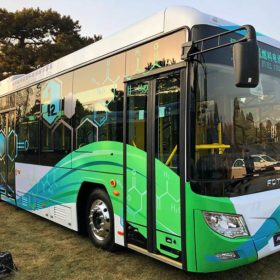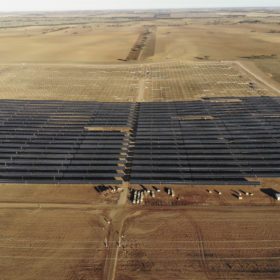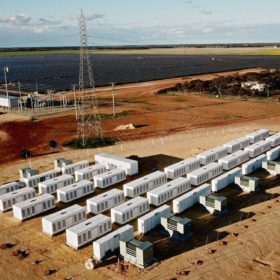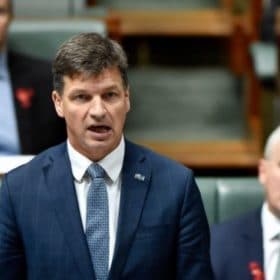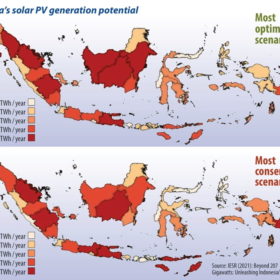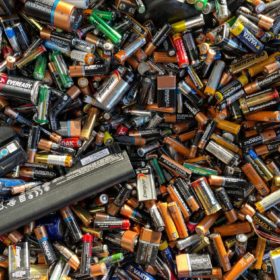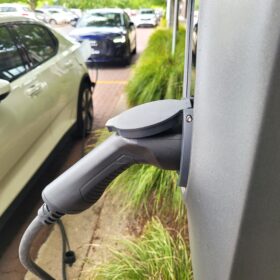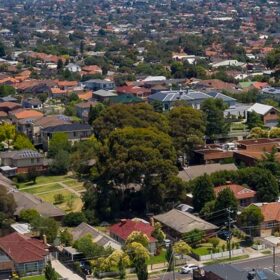‘Good portion’ of NSW’s bus fleet to run on hydrogen as state launches collaboration platform
As Australia’s most populace state, New South Wales, prepares to put out its hydrogen strategy roadmap later this year, the state is planning to use hydrogen to power its public transport fleets and will soon launch a digital collaboration portal.
South Australia’s constrained renewables to be unleashed as four new syncons spin into action
South Australia is a global hero for its demonstration of a rapid transition to renewable generation. But as renewables supplied more than 60% of the state’s electricity, and pushed out coal and even gas-fired generation, cracks appeared in the system strength and inertia required to keep the grid reliably running. ElectraNet has deployed old, clean-running technology — synchronous condensers — to smooth the gaps.
AEMO ‘white paper’ points to inverters as possible path to 100% renewables
The Australian Energy Market Operator is looking to fast-track the deployment of advanced inverter capabilities to support Australia’s “once-in-a-lifetime transition” to a power system featuring reduced synchronous generation, such as coal-fired generation.
SEC could sue Feds over ARENA rout
Energy industry body the Smart Energy Council has declared it may sue the Morrison government for its recent routing of the Australian Renewable Energy Agency. After the federal government’s expansion of the renewable energy agency’s remit survived a challenge in the Senate this week, the illegality of the government’s attempt to fund fossil fuels may have to be settled in the courts.
Taylor makes second attempt at knifing ARENA
The Morrison government and Energy Minister Angus Taylor have made a renewed attempt to expand the remit of the Australian Renewable Energy Agency to include technologies using fossil-fuels. The Senate, which blocked Taylor’s previous attempt to illegally siphon funding from renewables in June, is set to sit today and the outcome is far from certain.
AEMO’s 2021 IASR sets new scenarios and ambitions for Australia’s solar industry
Solar PV is an important contributor to all energy scenarios presented in AEMO’s latest “Input, Assumptions and Scenarios Report,” but what’s the best possible outcome it can enable?
Sunday read: Indonesia’s coal exit plan
Indonesia, the second-biggest coal exporter in the world, is now taking more steps to reduce its dependency on “black gold” as it starts to consider clean energy.
Saturday read: In conversation with UNSW’s Anna Bruce on distributed transformation
The time is now for the energy consumer, says Anna Bruce, as energy “prosumers” produce, consume, and provide electricity and grid services in previously unimagined ways. Bruce, a senior lecturer at the University of New South Wales’ School of Solar Photovoltaic and Renewable Energy Engineering (SPREE), leads work on the role of distributed energy resources in the energy transition, analysing firsthand the dizzying level of complexity it brings.
Queensland launches “Climate Action Plan 2030”, or at least, the website for a plan
The Queensland government released its Climate Action Plan 2030 online yesterday, an apparent roadmap for the Sunshine State to meet its renewable 2030 and 2050 targets while creating jobs and helping the economy recover from the impact of Covid-19. But is the Action Plan merely a plan to take action?
Federal government launches Battery Stewardship Scheme
Assistant Minister for Waste Reduction and Environmental Management, Trevor Evans, has announced a newly accredited Battery Stewardship Scheme that he says will triple the battery collection rate over a period five years and divert 90% of the collected materials from landfill.
